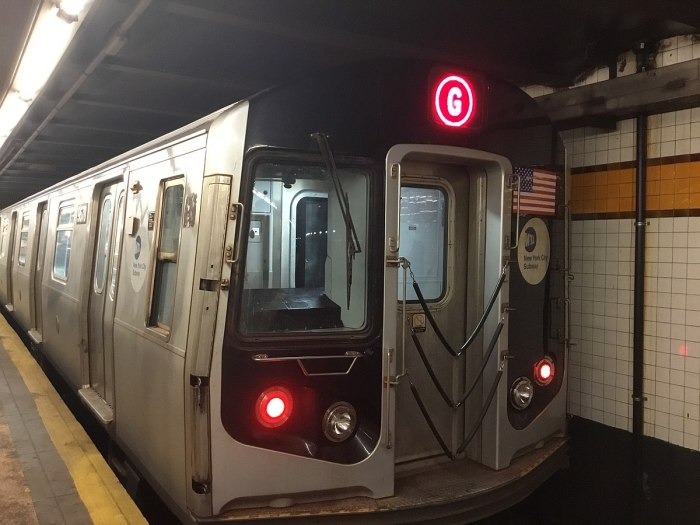
There is a big change on the horizon for New York’s public housing residents. It goes by the alphabet soup abbreviation RAD: Rental Assistance Demonstration.
RAD is an Obama-era federal program beloved by Housing and Urban Development head Ben Carson and progressive Mayor Bill de Blasio. It allows public housing agencies to change the funding stream for some of their apartments, moving responsibility for maintenance and operation to private developers.
The reason? Public housing around the country is in a state of disrepair to the tune of billions of dollars, and there has been no appetite in Washington to increase funding at anywhere near adequate levels. So private management (goes the theory) might at least fix the leaky ceilings and make public housing residences more livable.
De Blasio nodded at the program without naming it in his sole mention of public housing during his State of the City last week. It’s a lot of pressure to put on one sentence, and one program. The gist for NYC is that de Blasio plans to convert funding for 62,000 apartments through public-private partnerships, including the RAD program. The apartments are home to around 140,000 people, larger than the population of Albany.
How smooth will that transition be?
New York City’s limited experience with RAD — 1,395 substantially completed units in Queens — doesn’t provide much of a sample size to consider how the shakeup would proceed.
Chicago, however, might provide some clues.
It’s home to the first major housing authority to convert “a sizeable number of its units,” says Emily Coffey, senior attorney at the Chicago-based Sargent Shriver National Center on Poverty Law.
The benefit from RAD has been the “long term preservation of desperately needed affordable housing units,” says Coffey. But there have been bumps on the road to conversion.
The renovation process has been chaotic for some residents, says Kelly Viselman, a housing organizer for the Jane Addams Senior Caucus, a Chicago advocacy organization.
Some residents had to move to other buildings during the construction, without much help, says Viselman. Or people were given limited notice, or were told to pack up their bags and then waited and waited.
“Relocation was required at some of the buildings because of configuration and construction issues, and it provided an opportunity to perform other needed work in the same buildings,” said Chicago Housing Authority spokesman Matt Aguilar.
Another contentious element of apartments that went through renovations, according to Viselman: missing “grab bars,” safety features installed for seniors in bathrooms to prevent falls.
Chicago public radio quoted one senior worried that a bad fall could put him in a wheelchair: “‘I don’t understand why they wouldn’t automatically put that in for anybody, but a senior especially,’ said Eugene Wright, 79, whose legs swell up during the day and who has trouble walking.”
The renovations did not solve all problems. In at least one instance, heating issues occurred (the housing authority called it normal wear-and-tear).
Chicago’s housing authority has disputed the depth and cause of these problems. But part of the concern from advocates including the National Housing Law Project is that there is a lack of federal oversight of the RAD conversions, meaning that it’s up to observers to sound the alarm about problems big or small.
A federal watchdog report from the Government Accountability Office last year found some RAD oversight lacking in areas such as resident safeguards.
So how will all this play out in NYC?
NYCHA says most residents won’t have to move out during renovations, citing the experience of Queens residents who were able to stay put or stayed briefly in nearby “hospitality” suites.
And the city and some tenant advocates have put together a list of guiding principles to govern RAD conversions.
They include policies on how to notify residents of the big changes and guidance on returning to rehabbed units.
As in Chicago, advocates in NYC will surely be watching.































